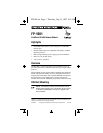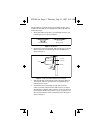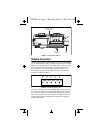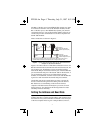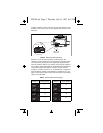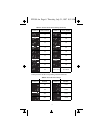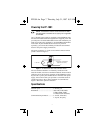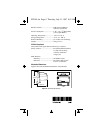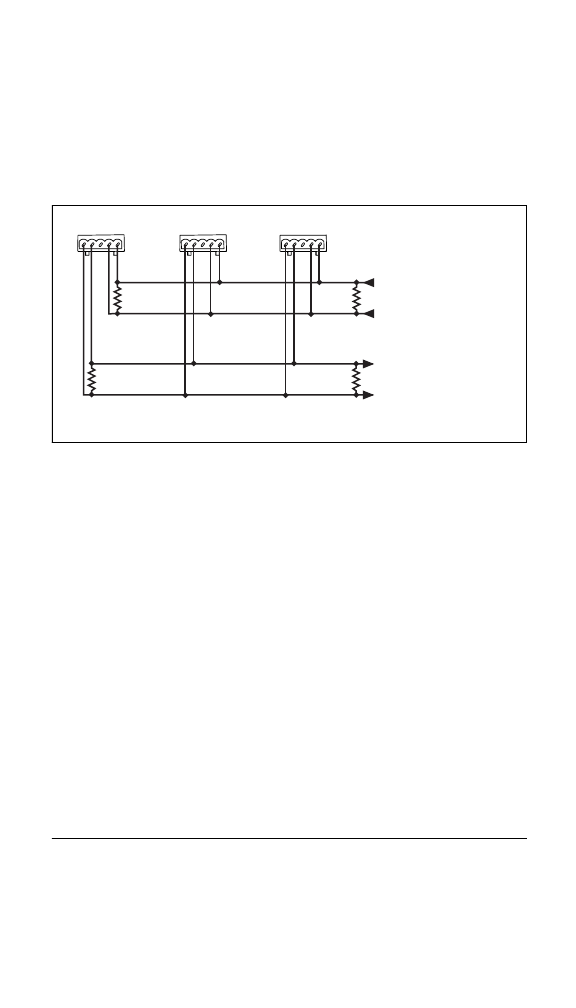
4
The RX+ of the host port (or FP-1000 RS-485 repeater port) must
be connected to the TX+ of all of the FP-1001 modules, and the
RX- of the host port (or FP-1000 RS-485 repeater port) must be
connected to the TX- of all of the FP-1001 modules. This pair of
connections provides communication to the host computer from
the FP-1001 modules.
These connections are shown in Figure 5.
Figure 5. Typical Signal Connections with One FP-1001 Connected to
Multiple FP-1001 Network Modules
Figure 5 also shows the use of 120 Ohm termination resistors. An
RS-485 network must be terminated at each end of the network, but
not anywhere else. Termination resistors should be installed
between the RX pair and between the TX pair of the host RS-485
port and on the RS-485 port of the last FP-1001 on the network. A
pair of terminating resistors are provided with the network
modules. To install them, twist the resistor leads with the RS-485
signal wires and insert them into the RS-485 port terminals.
An RS-485 network also needs biasing resistors to protect the
devices on the network against noise during intervals when no
RS-485 drivers are transmitting on the network. The host
computer’s RS-485 interface normally has provisions for such
biasing resistors. You should use this biasing feature for better
reliability and noise immunity.
Setting the Address and Baud Rate
Figure 6 shows the 8-position switch on the FP-1001 network
module. Switches 1-5 set the network address, and switches 6-8 set
the baud rate. Every network module connected to one serial port
of the host computer must be given a unique address; however,
FP-1001 FP-1001 FP-1001
120Ω
120Ω
120Ω
120Ω
From Host
Computer's RS-485
Transmit Output Pair (TX)
To Host
Computer's RS-485
Receive Input Pair (RX)
+
+
–
–
RX TX RX TX RX TX
Connect the TX outputs of the host computer to the RX inputs of the FP-1001,
and the RX inputs of the host computer to the TX outputs of the FP-1001.
FP1001.fm Page 4 Thursday, July 31, 1997 8:51 AM



